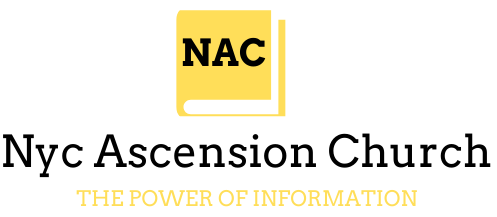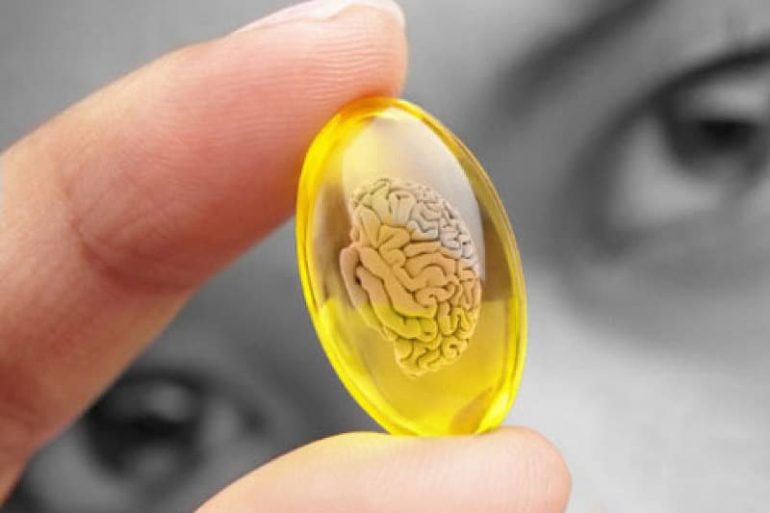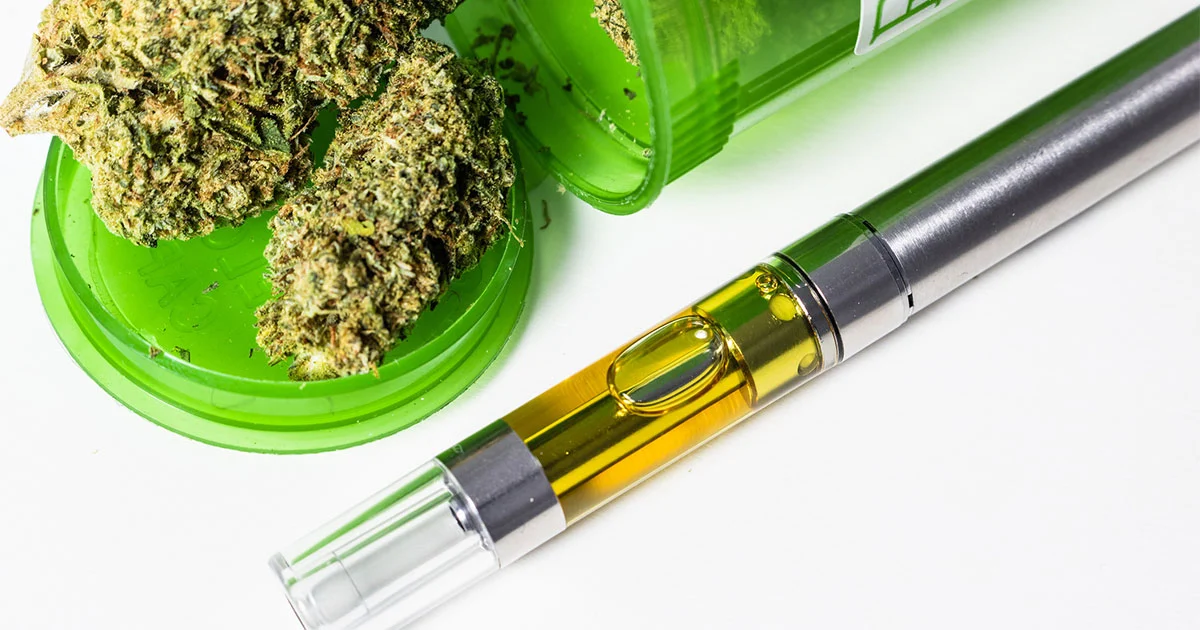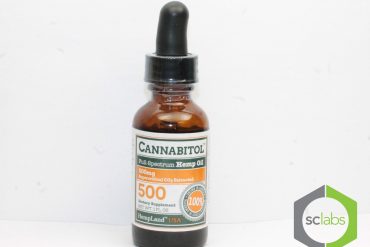The strange-sounding word “nootropic” was first coined by Dr. Corneliu E. Giurgea, a Romanian psychologist and chemist way back in 1972. He is the scientist responsible for the synthesis of piracetam in 1964, and it remains a popular nootropic to this day.
Nootropics are also known as intelligence enhancers, memory enhancers, smart drugs, or neuroenhancers.
It’s interesting to note that the term nootropic is from the Greek words ‘nous’ which means mind, and ‘trepein’ which means to bend or to turn.
Nootropics can act to significantly increase memory levels, motivation, concentration, mood, or anything that’s related to thought and cognition.
Watch this short video to learn more about Nootropics.
If you want to know more about Nootropics, it is important to take cognizance of the fact that even though broadly speaking, a nootropic is a substance that enhances cognitive function and works by altering or supporting the neuro-chemicals in the brain; there are different types of these products. Some work by stimulating neuro-genesis while others work altering neuro-transmitters.
The general consensus is that Nootropics induce positive changes in parts of the brain, supporting individual needs and demands.
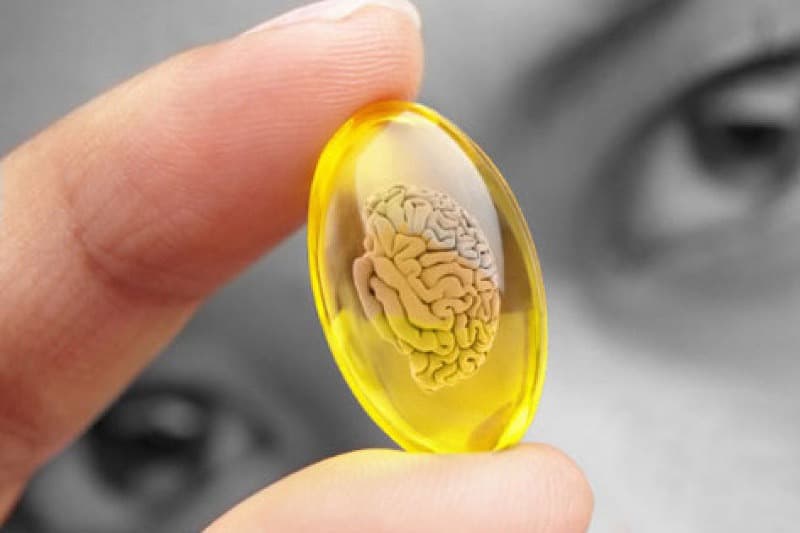
How Nootropics Work
To fully appreciate what are nootropics and how they work, it is first very important to know how the brain does functions. The brain is typically a network of neurons that are connected by synapses.
The neurons usually communicate with each other and usually work together via neurotransmitters. In this regard, a person who has a high presence of neurotransmitters is bound to experience an improved concentration level, longer attention spans, better memory, and processing ability.
Continued use of nootropics has been known to alter the level of neurotransmitters in the brain, this may result in long term improvement to one’s brain health. This is one of the bonuses that one gets as they use these supplements.
Nootropics also work by increasing the oxygenation and blood flow to the brain, supplying more nutrients and glucose as well. This helps to enhance the capacity of the memory and improves the focus levels of an individual as well.
Some work by boosting the production of brain cells while at the same time slowing down the potential destruction of the cells; this does counter the development of some disorders such as Alzheimer’s.
Criteria For Identifying Nootropics
According to Dr. Giurgea, there are certain criteria a substance must first meet before it is classified as a nootropic:
First, the substance should enhance memory and ability to learn.
The substance should also help the brain to function under conditions that can be termed as disruptive, such as electro-convulsive shock and hypoxia or low oxygen.
The substance should protect the brain from any instances of physical and chemical assaults such as barbiturates and anticholinergic drugs.
The substance should increase the efficacy of what’s known as neuronal firing mechanisms in the subcortical and cortical regions of the brain.
The substance should also lack a generalized stimulatory or sedative effect; it should also have none or very few side effects and be non-toxic.
It is worth noting that with the above criteria, the definition is quite strict, and in this regard, it does disqualify some of the common cognitive enhancers such as caffeine. That’s because caffeine has a tolerance, so it becomes less effective after prolonged and repeated use.
Other research data has come up with slightly different criteria for identifying nootropics even though the core or main definitions still remain the same.
Types of Nootropics
As you would expect, the market is awash with a wide array of Nootropic products.
Some of the most common are a group known as Racetams; these include Piracetam, Aniracetam, Noopept, Oxiracetam and Pramiracetam.
Over the years, the racetam derivatives have become more potent on a gram for gram basis and also tend to have some subtle differences in their overall effect. There are also herbs such as Bacopa, Vinpocetine, Ginkgo, and Huperzine-a; these herbs have been used for centuries to help reduce stress levels, strengthen the mind, and support cognitive function.
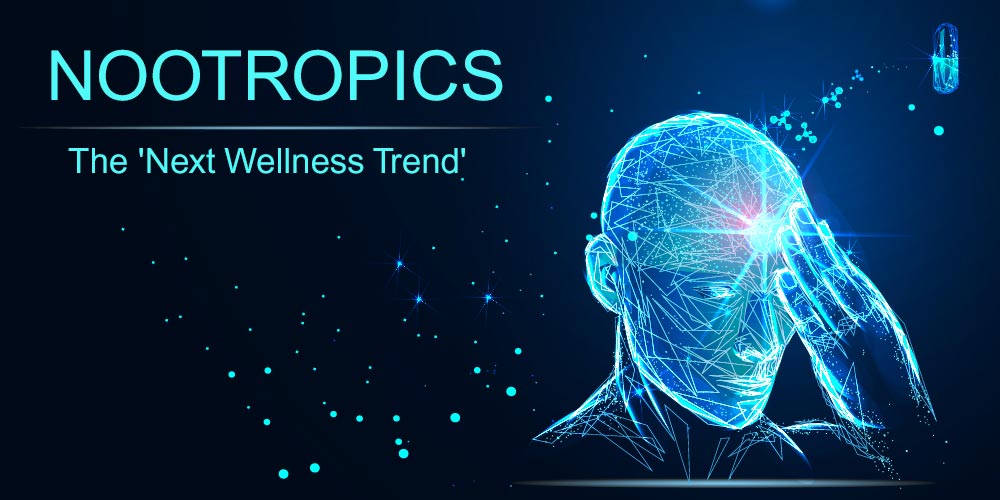
Choline supplements such as CDP choline and GPC are bio-available forms of choline that are known to nourish the brain and provide the raw materials for cell membrane synthesis and acetylcholine. Modified Nutrients and Vitamins such as pyridine (raises acetylcholine levels) and sulbutiamine (helps in dopamine modulation in the brain) which are manmade semi-synthetic forms of vitamins B6 and B1 respectively are quite popular. Creatine, a popular sports supplement is known to have cognitive-enhancing qualities.
Uses of Nootropics
They are mainly used to primarily treat motor or cognitive function difficulties which can be attributable to a wide array of disorders such as ADHD, Alzheimer’s, Huntington’s, or Parkinson’s diseases.
In academia, they are usually used by students to help increase productivity. One survey did find out that at least 7% (seven percent) of students had used these substances so as to get some cognitive edge.
In some campuses, this figure is as high as 25%, especially so for the more competitive colleges where the pressure to succeed is quite high.
